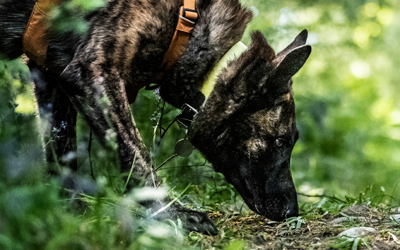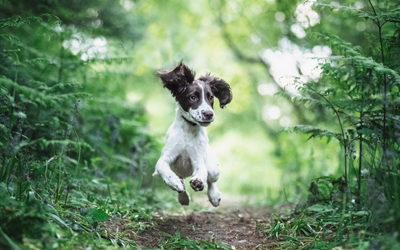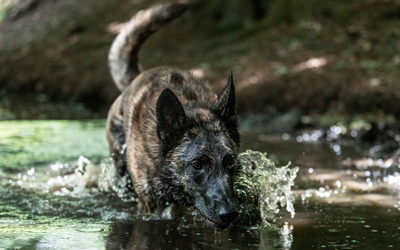

Here at Canine Detection Solutions, we have expertise in a broad spectrum of scent detection disciplines including explosive, drug & conservation detection dogs. We have brought together this skillset to offer you dogs trained to the highest standard in Japanese Knotweed detection.
We are a dedicated detection dog company who has expertise in the area but offers a completely independent service with no treatment work offered.
We work all around the UK.
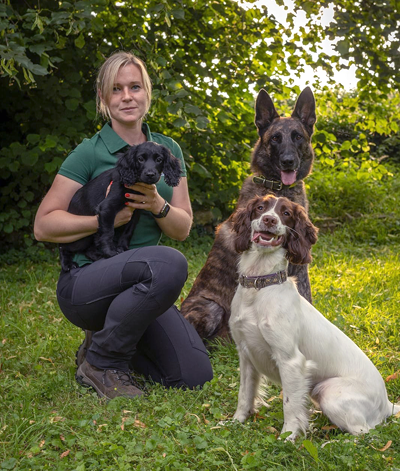
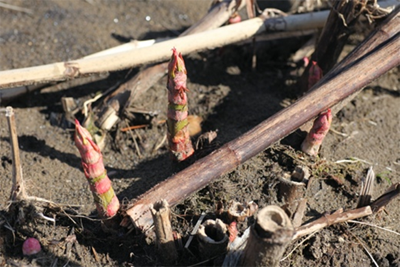
Red shoot buds emerging in early spring.
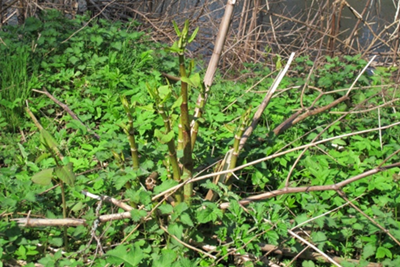
Stems beginning to grow and produce leaves in late spring.
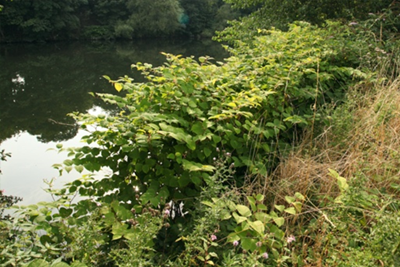
Full growth in summer.

Flowers in autumn.
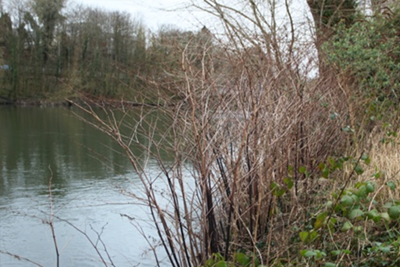
Dead stems in winter.
